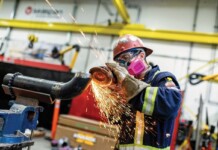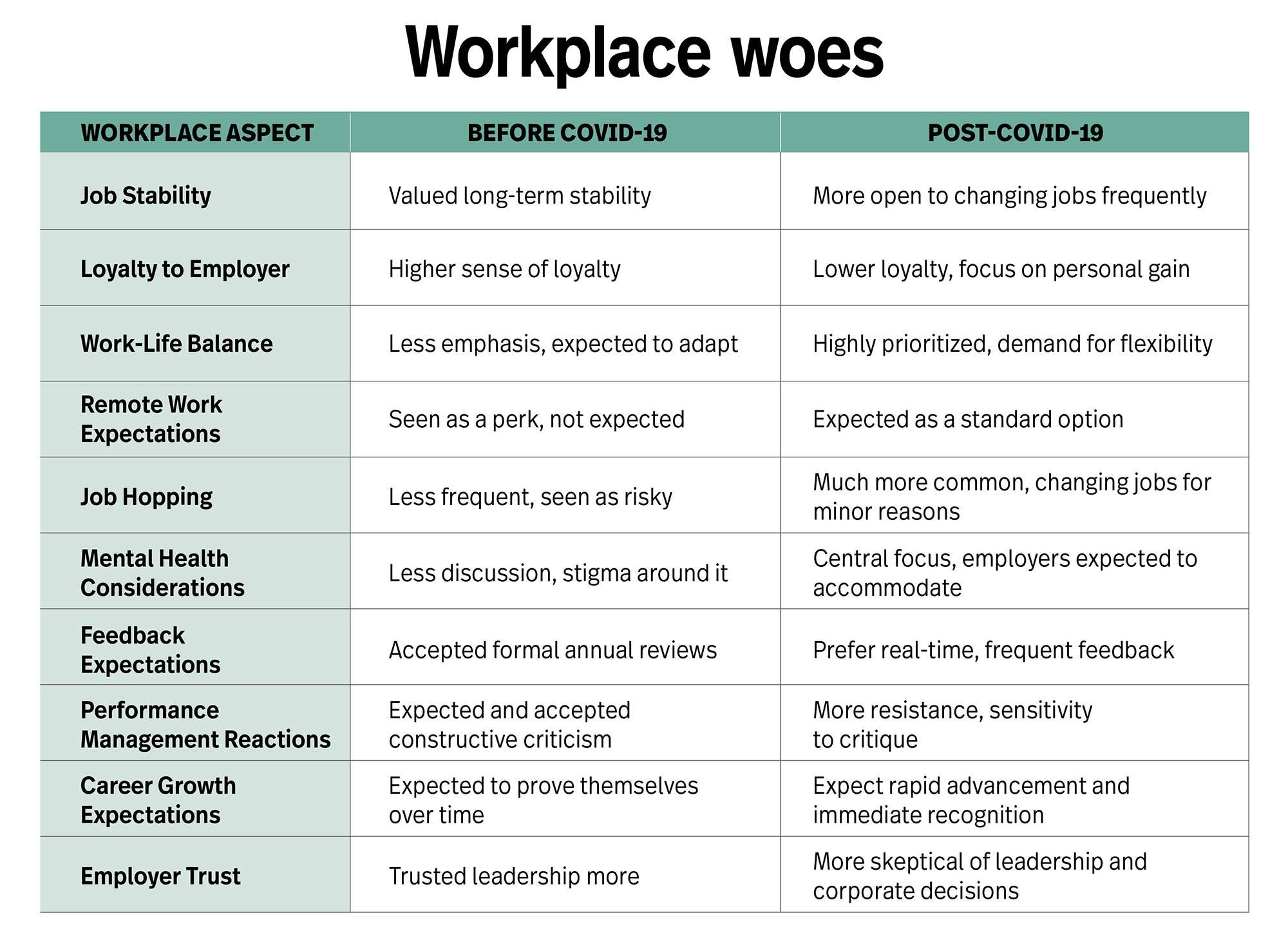As we work with small business owners, we hear harrowing stories about the escalating difficulty and cost of managing employees in the post-COVID era. Running a business and leading people today is vastly different than it was five years ago.
Since COVID, wrongful dismissal lawsuits in Canada have increased significantly, making them a critical aspect of employment law. Additionally, over 5,000 harassment cases were reported by 500 employers in federally regulated sectors — without accounting for the thousands more within private businesses. While exact statistics are difficult to track across industries, local employment lawyers consistently report that workplace litigation is on the rise.
This growing legal risk has led many employers to manage from a place of fear. Instead of addressing poor performance or misconduct, they avoid difficult conversations, choosing to shoulder the extra work themselves rather than hold employees accountable. The horror stories of costly lawsuits and exhausting performance management cycles have made disengagement feel like the safer option.
 What Are Employers Afraid Of?
What Are Employers Afraid Of?
1. Fear of Litigation and Legal Landmines
Employment laws are more complex than ever, particularly regarding remote work, accommodations and terminations. With heightened awareness of discrimination, retaliation and wrongful termination claims, leaders are increasingly hesitant — sometimes even paralyzed — when it comes to making decisions that impact employees.
2. The Rise of Remote Work and Its Ambiguities
Performance management, accountability and engagement are more challenging when employees aren’t physically present. Without daily interactions, relationships become more distant and addressing performance concerns feels riskier — especially when handled virtually.
3. Heightened Employee Sensitivities
Employees today expect more empathy, psychological safety and emotional intelligence from their leaders. However, tough conversations are often perceived as bullying, micromanagement or even harassment. Rising mental health concerns add another layer of complexity, leaving many leaders afraid to provide honest feedback. Meanwhile, terms like “toxic workplace” and “burnout” are often overused, making even reasonable performance expectations seem aggressive.
4. Generational and Cultural Shifts
Younger workers seek more coaching, less criticism and greater involvement in decision-making. At the same time, leaders worry about being labelled as toxic or overly rigid when enforcing workplace expectations. As employee demands for flexibility, inclusion and work-life balance continue to rise, many employers feel uncertain about how to maintain structure without backlash.
5. HR and Legal Oversight Has Tightened
Human resources departments now require extensive documentation before corrective action is taken, creating bureaucratic delays. Additionally, diversity, equity and inclusion (DEI) initiatives have made leaders second-guess their actions, fearing accusations of bias. In some organizations, HR’s increased involvement in performance management has made managers hesitant to handle issues independently.
6. Social Media and Reputation Risks
A single negative review on Glassdoor, Indeed or even TikTok can damage a company’s reputation overnight. Leaders fear public backlash, even when their actions are justified. Privacy laws also limit what employers can say in response, preventing them from providing context that might clarify their decisions.
7. Post-COVID Workplace Trauma and Burnout
Many managers are still recovering from the immense workload and stress of the pandemic, leading to leadership fatigue. Rather than enforcing high-performance standards, some are simply trying to get through the day.
Additionally, the shift toward employee-centric work cultures has made strict enforcement of policies feel like a betrayal of post-pandemic values.
The Consequences of Fear-Based Leadership
While these concerns are valid, the widespread withdrawal of managers from accountability conversations has left many businesses feeling like their workplace culture is slipping out of control. Some employers, overwhelmed by the risks of managing people, have even chosen to shut down rather than continue navigating these challenges.
Despite these difficulties, there’s good news. Companies that proactively adjust their leadership strategies and HR practices are thriving. The key is embracing a new leadership mindset. Holding onto nostalgia for “the way employees used to be” prevents leaders from successfully adapting to today’s workforce dynamics.
And yes — it’s hard work.
Transforming leadership approaches requires energy, empathy, self-reflection and a willingness to shift perspectives. But in a world that’s changing faster than ever, leaders who evolve their people-management strategies will be the ones who remain competitive, attract top talent and build resilient businesses.
Next week, Part 2: Where Do We Go from Here? Helping you and your leadership team confidently reclaim your workplace.
Ingrid Vaughan, principal of My Smart HR and founder of the Smart Leadership Academy, provides HR support and leadership coaching to small-business owners and managers.
Image: Getty Images


















 What Are Employers Afraid Of?
What Are Employers Afraid Of?





